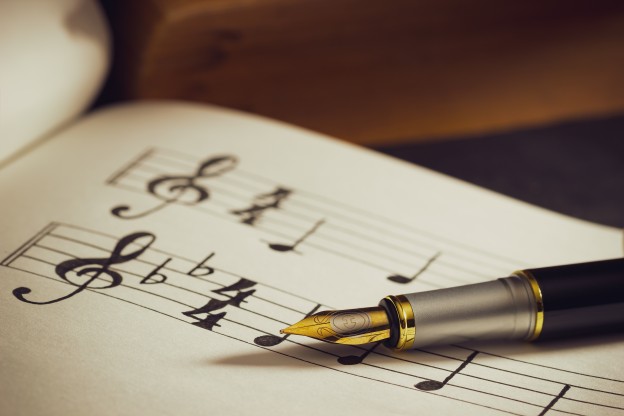Over the years, I dabbled in composing small amounts of new music for Rhythm Circle classes and ballet exercises. Nothing substantial – a few phrases here and there to illustrate specific musical or dance elements. This started to snowball during the UK lockdowns when I needed more original music to share with my students for Zoom classes. In August 2021, I was finally able to develop my composition skills with the help of a Developing Your Creative Practice grant from the Arts Council England. For the last few months, I’ve had to great fortune to have my mentor and teacher Karen Maciver to guide me on this new journey.
My current explorations as a composer is heavily shaped by Contemporary Dance: after training to be a ballet pianist, I wanted to learn how to create music for the various contemporary dance styles. The wonderful staff and students of the Kings International Ballet Academy are hosting a short residency for me. I’ve never lost the habit of watching class since my days at Scottish Ballet. Can’t begin express how much it feeds the soul to be able to be back in the dance studio, not focused on playing but simply watching class and learning new things.
In the next few months, my plan is to learn about the Cunningham, Graham and Limon dance styles and to compose music for each of these styles.
